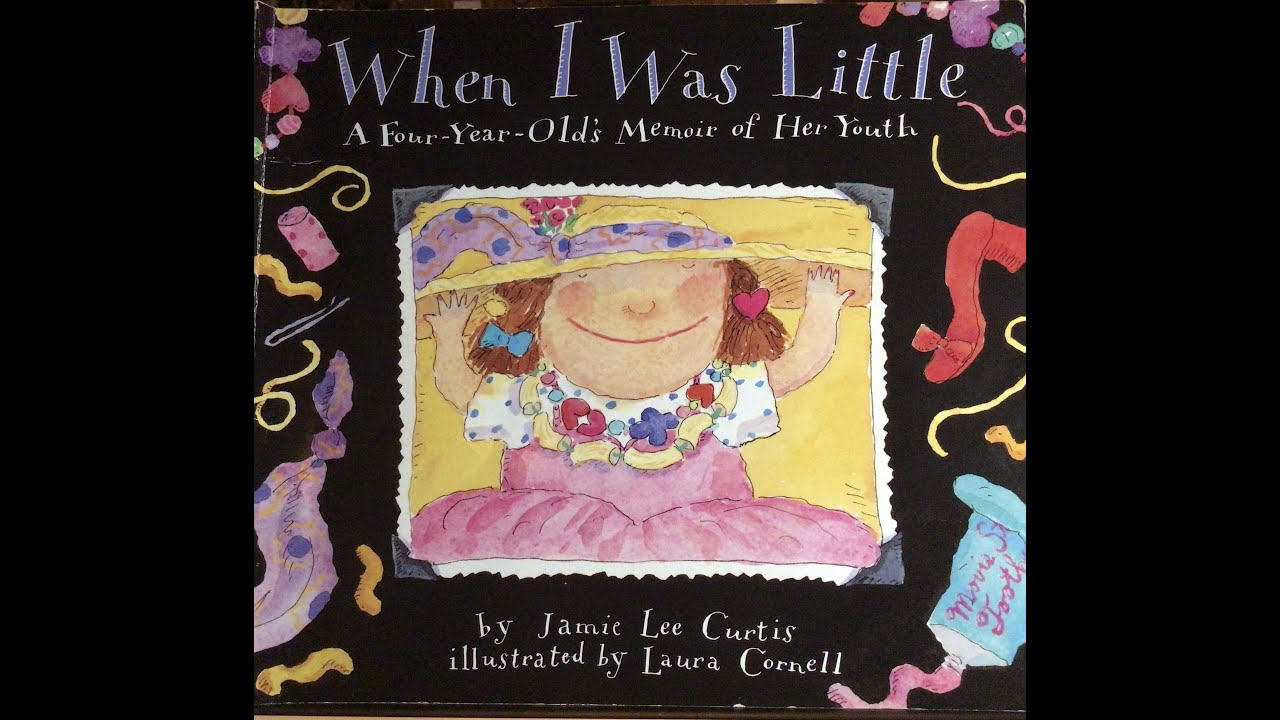Did you know there is an abundance of research supporting a strong reading and writing connection? The two go hand in hand, as reading and writing draw upon similar knowledge bases. Background knowledge (which is knowledge we already have due to learning about a topic or having an experience with the subject matter) helps us interpret what we are reading and also guides what we write.
It is usually much easier to read a text if learners are already familiar with the subject matter and vocabulary, than it is to read about a new or foreign topic. The same applies for writing. When we just give learners random prompts to write about, which they have little to no experience with, it usually sets them up for frustration and a resistance to the writing process.

For example: I am an avid Open Water Swimmer. So, it would be much easier for me to read books and write about the topic of swimming in the Gulf, than say, reading or writing about how to repair an automobile engine. Since this is not something I have ever had the pleasure of trying to figure out, I would not even know how to start writing about a time I had to fix my car. Although I could do some research about how to repair an automobile engine, I would need to learn new vocabulary and gain lots of experience with it until I was able to write about it thoroughly, or effectively teach someone else.
On the other hand, if I were given a prompt to write about my favorite time swimming in the Gulf, I could instantly brainstorm all kinds of topics related to swimming. I could write about swimming with dolphins and manatees. Or I could write about the time I swam over a 4 ft shark, while in the choppy and exciting waves. I could write about my new passion for cold water swimming, or how swimming makes me feel so calm and peaceful.
Therefore, I could use my background knowledge of swimming to write a variety of essays. For example: a creative story, a personal narrative, a persuasive essay on why swimming is the best sport, a how-to paper, etc. Conversely, if I was given a prompt to write about my favorite time fixing an engine, I would sit there with a blank look on my face and fog in my brain, knowing I did not have much to write about. Writing about swimming makes me excited, yet writing about auto repairs makes me want to crumple up the proverbial paper. So, it is imperative to offer budding writers prompts that inspire them into the process of writing.
Another interesting fact is that SOME students who read well, write well. Yet, almost ALL students who write well, read well. The reason for this is that writing requires much more mental energy than reading. What does this mean exactly? Well, it is much easier for me to quickly read a blog post about the Reading and Writing Connection, than it is for me to write this one myself. Yet, here I am writing to inform and, in the process, making sure that I am reading through my writing and applying the skills I have learned.

Something else to keep in mind is when we approach a text as a reader, we will receive a writing lesson in the process. We engage with the well-written text and can learn to spell, punctuate, use proper grammar, and see how sentences and pargraphs are structured. We also learn about the many purposes writing serves via different genres and formats. We learn to read fiction and non-fiction, how-to papers, research, poetry, and other styles of text, which can then be applied to the process of writing.
Alternatively, every time we create text as a writer, we receive a reading lesson. We need to write cohesively and make sure what we write makes sense to the reader. We need to check our writing for proper punctuation, grammar and sentence structure so our writing flows smoothly. Consequently, evidence shows that high-quality writing instruction can improve students' reading comprehension, word solving skills, and fluency rate.
These are the reasons it is imperative children receive a high-quality writing experience. After all, we want our children to be able to effectively communicate as they mature into confident adults. Therefore, if your child is avoiding the writing process or you aren't sure where to go next to help them improve, I assure you, there is a way.

Did you know that over 90% of my tutoring clients need support with the craft of writing? Parents reach out to me for a variety of reasons, but somehow they figure out they are in need of helping their children learn to write. Accordingly, countless times I have taught students who once "hated" the act of writing, yet are now confident, talented writers.
This doesn't happen overnight, because they have learned to dislike the writing process for a variety of reasons. However, children can become very skilled in the craft of writing and even grow to love it in the process. Who knows, maybe you will even be inspired to start writing alongside your children, as you have your own beautiful stories to tell, as well.

Free Writing Lesson You Can Implement Today!
Here is a lesson that is fun and adaptable for all of the children in your household. Enjoy!
Directions:
Step 1) Listen to the book titled When I Was Little, as it is read aloud in the video below.
Step 2) Have a discussion with your children about when they were little. Don't forget to share your fond memories of when you were little, as well.
Note: You can listen to the story more than once and pause on the pages your children relate to. Take turns telling stories during this time, as oral storytelling is a good foundation for moving to print. You can simply start with, When I Was LIttle...
Step 3) After you finish your oral narrations, you can download the pdf of When I Was LIttle book cover and story pages found directly below the video.
**This is a repeating book, so use the template page for as many memories as your child wants to tell. Also, It is ok to just draw the illustrations to start with, as they still tell a story. The whole idea is to just get into the act of telling stories.
Step 4) Ilustrate and color the title page after finishing the book pages. Then, staple all of the pages together into a little book. **You can work on this all week long or finish it all in one day.
Also, more confident and/or advanced writers can modify the pages and story length according to ability levels. There can be more lines added for extra writing and a smaller illustration, etc. Also, if you do not have a printer, it is easy to make this template by hand. Your child can use a pencil and a ruler on blank paper to customize it as their own (and get some math in at the same time).
Step 5) Have fun with this! Let your children be creative and just write for the act of writing and telling a story. Do not worry about spelling, grammar and punctuation at this point. Just let them tell/write their own memories and create a beautiful book of their own.
Step 6) Hold a celebration of writing. Set aside a few minutes to have your children read their stories aloud. Even if they are not writing words yet, they are still telling a story. Make a BIG DEAL out of this. It is celebrating the fact that they made their own book and should be very proud. We are promoting confidence in writing and teaching them to be proud of their accomplishments.
Finally, if you hit a roadblock with teaching writing or reading, contact me for additional support and resources.
